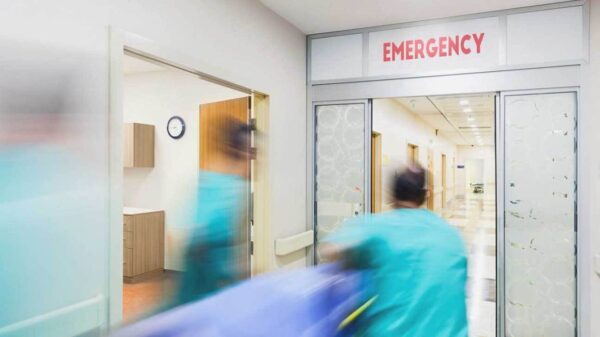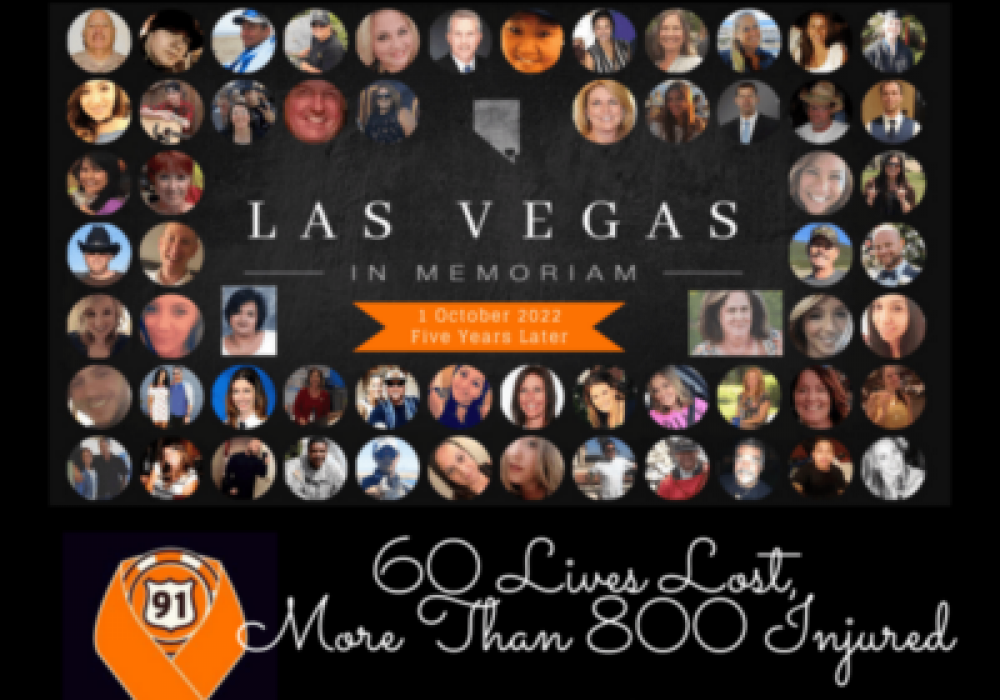
No one wants to think or even believe that an active shooter situation would happen at a medical office or hospital, but the reality is they do. Physicians see people at some of their worst states physically, emotionally and mentally. This means that they can become prime targets for emotionally charged patients and family members.
The Fuel For The Fire
There are many different catalysts that may cause an individual to make the irrational decision to bring a gun into a medical office or hospital with the intent to cause harm. Maybe their family member didn’t survive a traumatic incident. Maybe it was a diagnosis that no one expected, or the bureaucracy of our healthcare insurance system layering a financial burden so many face when seeking care. Or, in the case of the Cape Fear Valley Medical Center it is a patient who has been brought into the ER for treatment following arrest. Regardless of why, at some point at least one of these circumstances will result in a threat to a medical facility by an armed individual.
The unfortunate reality is that most of our healthcare professionals are grossly unprepared to deal with this threat.
You Wouldn't Treat The Patient Before Doing An Exam
Most physicians wouldn’t discuss a patient’s treatment plan before first doing an exam and listening to the patients concerns. In the case of active shooter response plans and training the same concept applies. You cannot plan and begin training your staff on how to respond to an active shooter until you understand your potential vulnerabilities and risks.
A security vulnerability assessment (SVA) is the first step. An SVA will help you evaluate three key factors: What Threats might you face; What Vulnerabilities do you have; and what are the Risks will be present if you must respond to an active shooter situation.
Once you have a clear SVA and understanding of your vulnerabilities and risks you can start designing a response plan that fits your office and culture.
While we highly recommend you consult with a security professional and/or local law enforcement to assist in developing your actual plan, you need to understand the key components of your plan. That said, here are some of the key points your plan should include:
- Evacuation and Secure in Place Plans
- If selecting to arm yourself or your staff how will you:
- Secure firearms while on campus.
- Mandate training qualifications.
- Coordination with First Responders in the event an armed response is required.
- How to respond once law enforcement arrives on scene.
- Communication Flow for Alerts and relay of information
- Training – How to execute the plan
- Prevention methods
The Department of Homeland Security has published a guide for Active Shooter Response Plans that details some of the above along with other considerations you may want to take when developing your plan.
No matter how big or small your practice is, being prepared in the event that an active shooter situation occurs will be the key to survival for you, your staff, and your patients.










